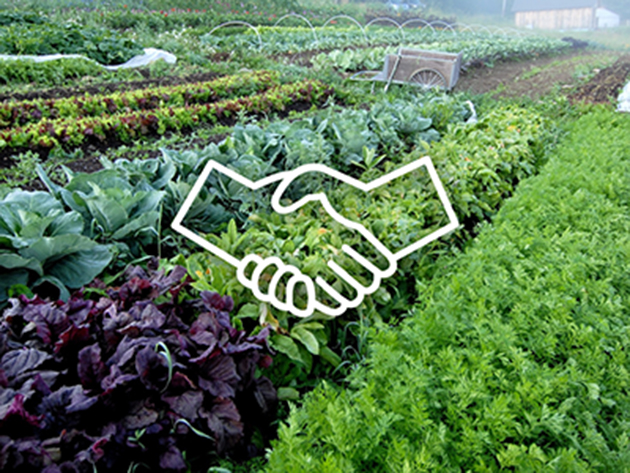
The "to" in Farm-to-Table
The large-scale food system, sometimes referred to as “big agro” or agribusiness, is chiefly concerned with… being a business. There is a lot of money to be made – getting the highest quantity for the least cost, often sacrificing biodiversity, nutrition, sustainability, not to mention flavour.
It’s a very long supply chain: fresh goods from giant producers needs to be picked before it ripens, trucked to giant warehouses, processed, packed up, trucked to massive terminals where it is split up for individual grocery chains, and finally trucked to the stores, arriving in various states of quality.
With each step in this supply chain, money is taken away from the farmer, and they are unable to set their own prices. This money goes towards the processing, transportation, packaging, and marketing of food products.
As you read please note that I am speaking in general terms, and there are always exceptions.

Source: “Minimalist Dinner” by Jake Stimpson from Flickr
The Human Need
People — those who consume what is grown on farms — in general, have lost any type of connection with where their food comes from, and how food gets from the farm to somewhere it can be purchased (usually a supermarket).
They might show up there and accept that what they see are the only things available… maybe they’re not asking many questions about what they see.
The food supply chain has become increasingly abstracted. What was once a very easy-to-understand sequence of growing, picking, trading or purchasing (between two or a small group of people) has become mysterious in people’s minds, as industrialisation over the years has forced food to move through this gauntlet of processing…
People not knowing where their food comes from — knowing who grew it and where — leads to disengagement, and they’re more likely to be told what to eat (via what is available in a supermarket). If it’s left up to large businesses to decide what we eat, it will be something that has been optimised for speed and yield — quantity over quality.
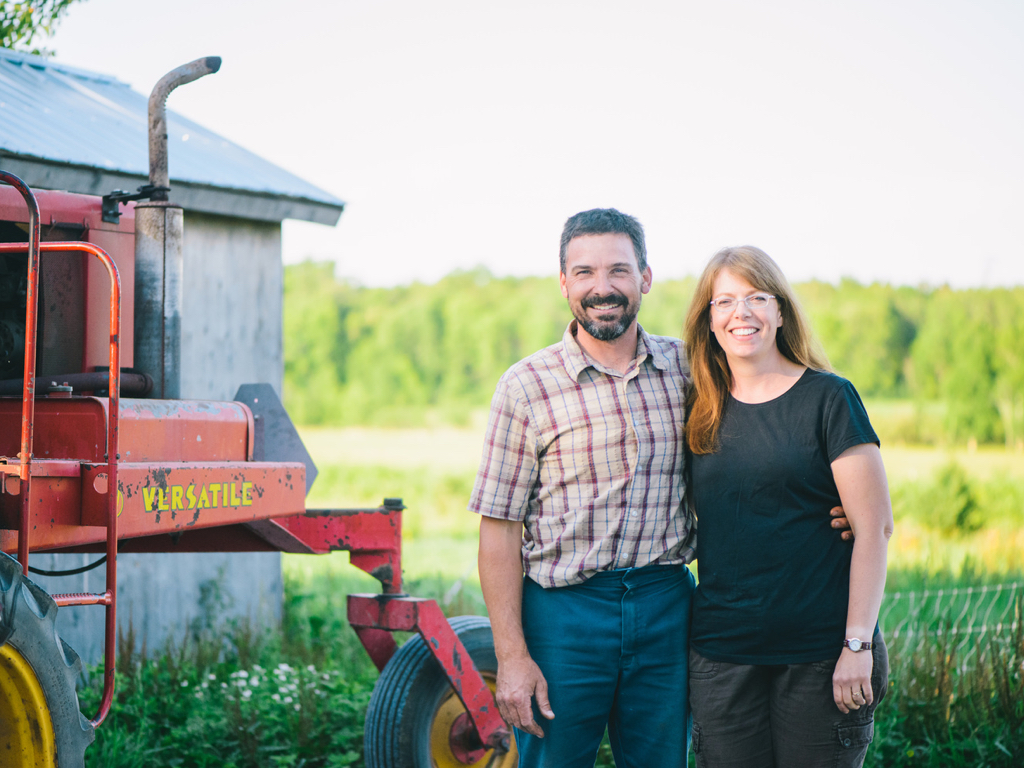
Source: Provender, used with permission
A Model for Reconnection
A Montreal-based startup named Provender is linking smaller-scale farmers directly with restaurants and other food businesses.
It is a simple e-commerce platform: farmers will upload their inventory — what they grow — and then chefs or supply managers for restaurants who need something in particular can place an order for it, or they might browse the produce of a farmer that has impressed them in the past. The producer will often wait for an order to harvest it, then deliver directly to the restaurant.
Right now in North America there are no policies in place to ensure that the consumer knows where their food is coming from. Provender sees this as an opportunity, they want this information transparent.
The platform is B2B, and they address the needs of both sides. When I spoke with Provender I better understood the value that’s created in this product by having a relationship with its users.
The co-founder is a cook with experience in high-profile restaurants in the city, so he has understanding of the needs. Chefs are picky and want the best produce they can afford, and one thing that small-scale farmers can offer is diversity: multiple – sometimes dozens of varieties of the same vegetable can be found on the platform at one time.
Smaller-scale farmers have a host of problems to deal with in the current market situation:
- Time: it’s possible for them to come into a city and spend several days trying to sell their goods, and for every 20 restaurants they talk to they may reach an agreement with one. Once they are on the platform their visibility in the marketplace is automatic.
- Another is risk: it’s difficult sometimes for farmers to know what to grow, and they can collect feedback through the platform. They can see what works well and what will be in demand in the upcoming months. And since they can set their own prices they can ensure what they are selling is profitable.
- A third has to do with their scale, and a key principle of the platform is that the producers can participate at their own capacity — they don’t have to meet a quota of X tons to participate.
Some farmers will jump in and start using the platform right away, others can be reluctant. In either case someone from Provender will introduce and walk them through it. They will sometimes visit farms to do this but it can also be done over the phone.
The farmer can then start to feel the flexibility of the platform by choosing which zones they will deliver to, which days they deliver, set their own prices and descriptions of their goods.
Invoicing is also part of the platform. Provender guarantees that the producer will be paid, so they don’t have to chase invoices and there is no risk of not getting their return on delivered goods.
What the platform provides is not just a business exchange – it’s a rich relationship that’s formed. Just by being on the platform the small-scale farmer is more empowered, more involved & more connected to current and potential customers.
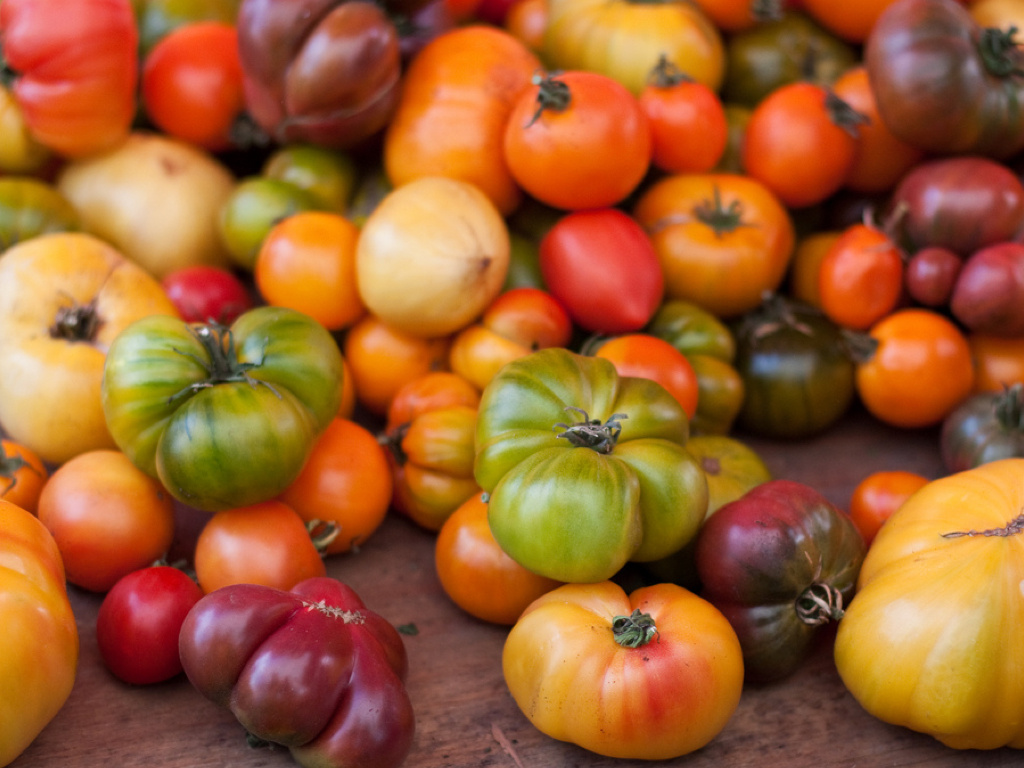
Source: “Tomatoes” by Neil Conway from Flickr
What About Consumers?
There are other businesses currently figuring out how to re-establish the producer-consumer connection on the B2C side. Home grocery delivery is nothing new, but being able to have direct or near-direct delivery of local produce – and establishing a relationship with those that grow it – is the sustainable model on which these companies are based.
One common thread with these companies is that they recognise how important transparency is – showing profiles of the farms to show where the food comes from. But they’re also taking the context of their product into consideration – they’ve thought about what it means to want to eat healthily and have tried to make it easier to do so.
I’ve seen weekly meal planning features that helps people order food for a week’s worth of meals, offers of predefined collections of “meal kits”, browsing by recipe and being able to order everything you need for that recipe, stylised & curated content with high quality photography.
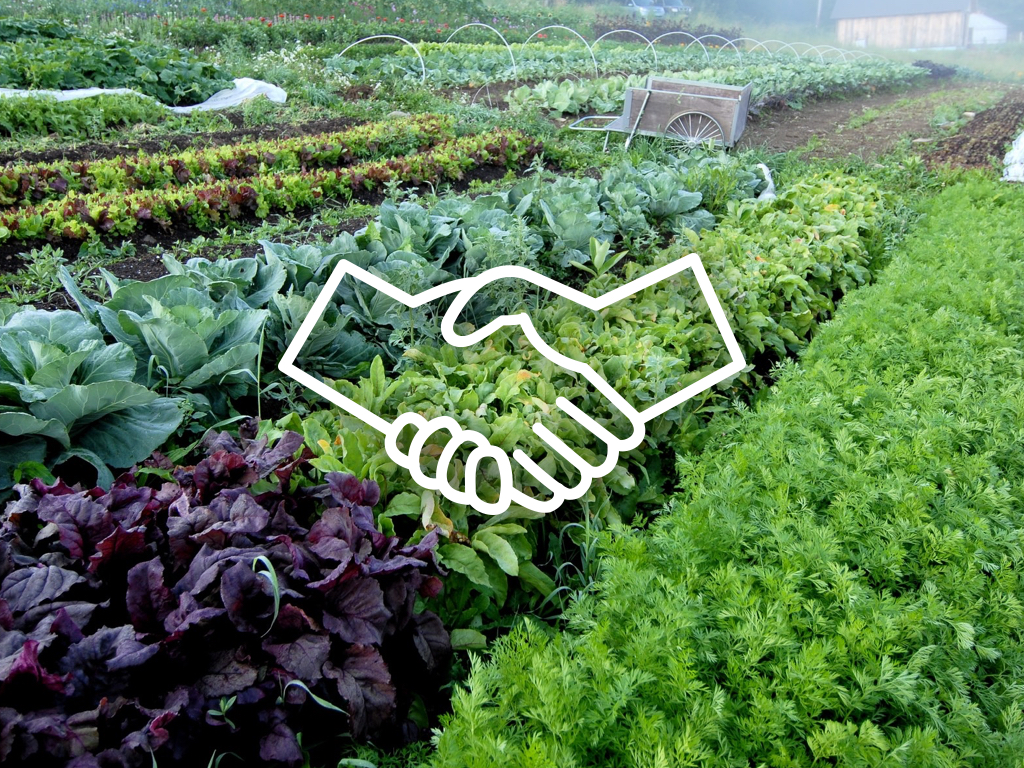
Source: “Handshake’ by Milky – Digital innovation from the Noun Project
& photograph: Provender, used with permission
The technology at the heart of these solutions isn’t particularly complex, but the human need it addresses is vast. As more of these solutions emerge — and they will — they have the chance to really look at the people whose needs they are fulfilling and ask the right questions:
How do you design your research for this unique relationship? What do you need to consider about farmers – and people who are just discovering that they can eat better? What environments are they in? What devices will they be using?
I think many people understand what it means (or have at least heard of) eating locally. They’re more aware of environmental issues related to mass food production, and the problem of antibiotics and welfare when it comes to livestock.
People can relate to small-scale production and distribution. They can see, understand, even take part in the different steps: being able to visit a local farm stimulates the senses – they can see what’s being grown, smell the atmosphere, touch the produce in various stages. This sensorial experience – a very human experience – has profound links to understanding how important something is… like what we eat!
Money being exchanged for goods is still the basis of these businesses, but their value transcends money — you’re not just removing the middle-man to save cost, you’re reconnecting people on both sides of food.
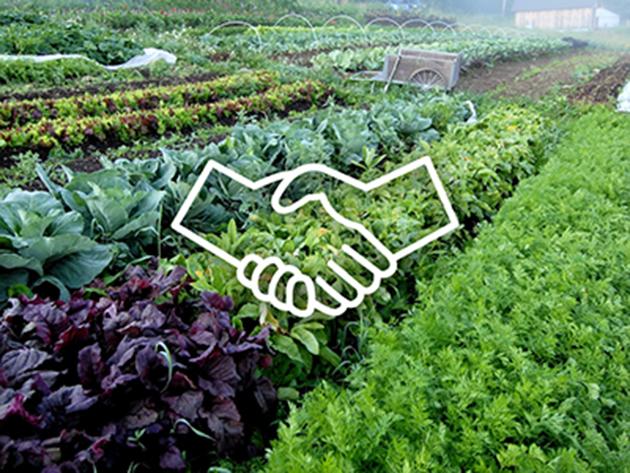
0 Comment(s)